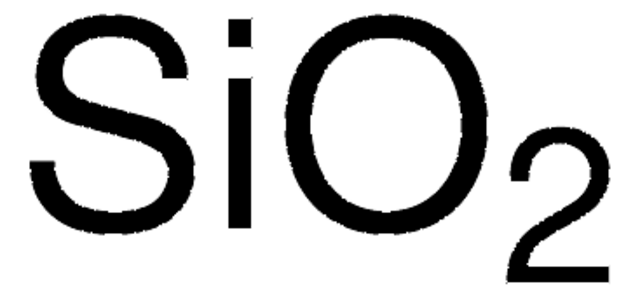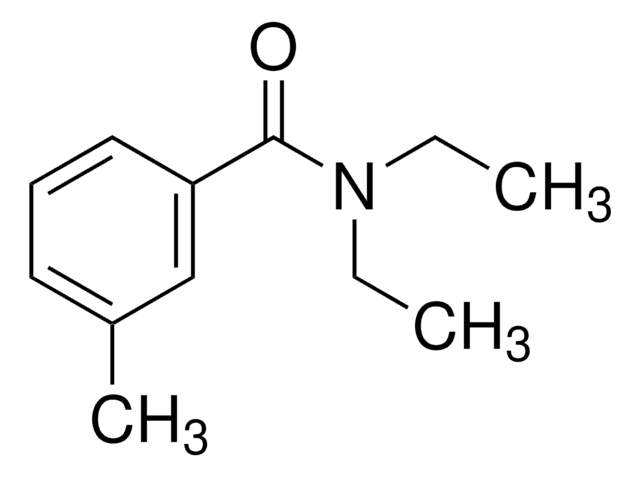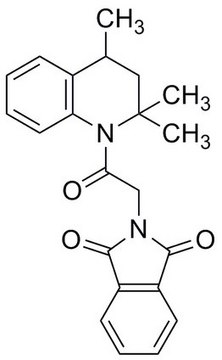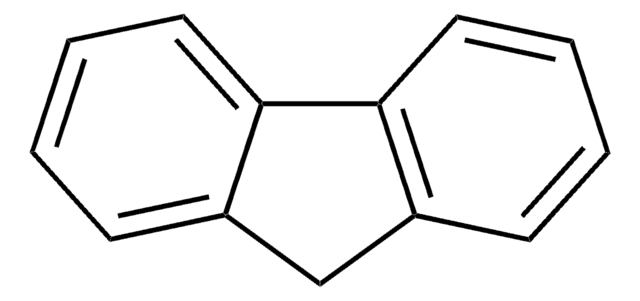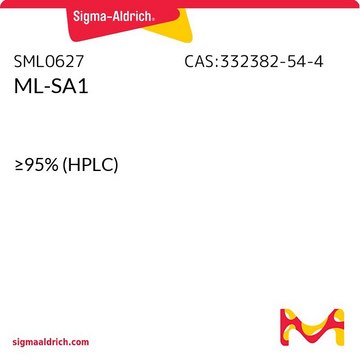PS902-250MG
N,N-Diethyl-m-toluamide
analytical standard
Sign Into View Organizational & Contract Pricing
All Photos(1)
About This Item
Empirical Formula (Hill Notation):
C12H17NO
CAS Number:
Molecular Weight:
191.27
Beilstein:
2046711
MDL number:
UNSPSC Code:
41116107
PubChem Substance ID:
Recommended Products
grade
analytical standard
packaging
ampule of 250 mg
manufacturer/tradename
Chem Service, Inc. PS-902
SMILES string
CCN(CC)C(=O)c1cccc(C)c1
InChI
1S/C12H17NO/c1-4-13(5-2)12(14)11-8-6-7-10(3)9-11/h6-9H,4-5H2,1-3H3
InChI key
MMOXZBCLCQITDF-UHFFFAOYSA-N
Looking for similar products? Visit Product Comparison Guide
Choose from one of the most recent versions:
Certificates of Analysis (COA)
Lot/Batch Number
Sorry, we don't have COAs for this product available online at this time.
If you need assistance, please contact Customer Support.
Already Own This Product?
Find documentation for the products that you have recently purchased in the Document Library.
Chanda Vongsombath et al.
Journal of medical entomology, 49(6), 1398-1404 (2012-12-29)
Essential oils of Hyptis suaveolens (Lamiaceae), Croton roxburghii (Euphorbiaceae), and Litsea cubeba (Lauraceae) were tested in the field near Vientiane city, Lao PDR, on humans for repellent activity against mosquitoes. Landing mosquitoes were collected and later identified. The most abundant
Mohan Manikkam et al.
Reproductive toxicology (Elmsford, N.Y.), 34(4), 708-719 (2012-09-15)
Environmental compounds are known to promote epigenetic transgenerational inheritance of disease. The current study was designed to determine if a "pesticide mixture" (pesticide permethrin and insect repellent N,N-diethyl-meta-toluamide, DEET) promotes epigenetic transgenerational inheritance of disease and associated DNA methylation epimutations
Jenny E Zenobio et al.
Environmental toxicology and chemistry, 33(4), 910-919 (2014-01-01)
Pharmaceuticals and personal care products (PPCPs) have been detected widely in aquatic ecosystems, but little is known about their mechanisms of toxicity. We exposed adult fathead minnows (Pimephales promelas) for 48 h to triclocarban (1.4 µg/L), N,N-diethyl-meta-toluamide (DEET; 0.6 µg/L), or
J R Clem et al.
The Annals of pharmacotherapy, 27(3), 289-293 (1993-03-01)
To describe a case of N,N-diethyl-m-toluamide (DEET)-induced cardiovascular toxicity in an adult and reviews other cases that have been reported in the published literature. Human and animal data available on DEET pharmacokinetics are reviewed and factors that predispose an individual
T G Osimitz et al.
Journal of toxicology. Clinical toxicology, 35(5), 435-441 (1997-01-01)
N,N-Diethyl-m-toluamide, an effective tick repellent, when applied to the skin, is the major component of essentially all of the products marketed for this purpose. It is used by about 30% of the US population, and by 23-29% of children in
Our team of scientists has experience in all areas of research including Life Science, Material Science, Chemical Synthesis, Chromatography, Analytical and many others.
Contact Technical Service